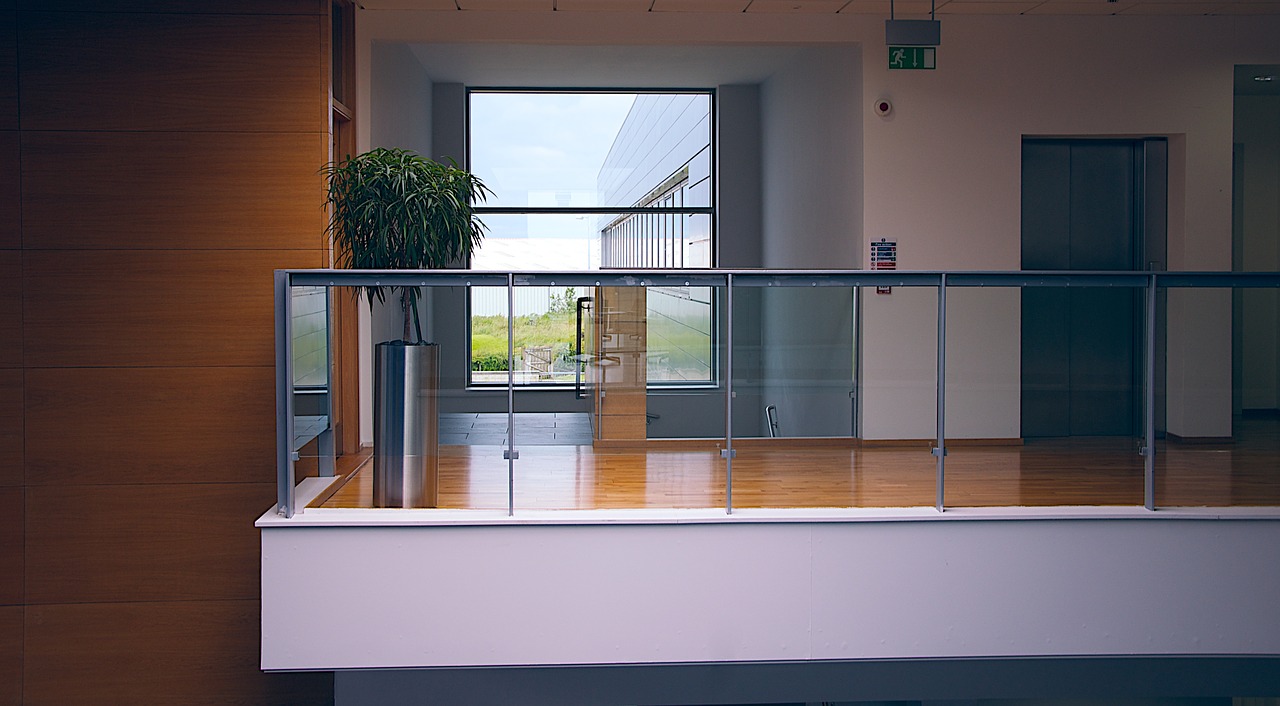During the insurance application process, your insurance agent will typically ask you what type of construction the building you own or lease is made out of. If you own your building, you will typically know the information off the top of your head. However, if you are leasing this question can be a little more difficult.
This question is very vital to insuring your restoration company. Depending upon the type of construction of your building, the rates can vary up to 50 percent of the base rate. Also, answering this question incorrectly can cause you some significant headaches in the event of a claim, and could potentially result in the insurance carrier denying a claim.
To help out, I want to provide a brief summary of the various construction types along with a short description of each. This way when the question comes up on the insurance application, you will know how to properly answer it.
-
Frame: Buildings with exterior walls, floors, and roof of combustible construction (i.e. wood).
-
Ordinary, Joisted or Brick Joisted (Joisted Masonry): Building with exterior walls of brick, concrete, concrete block or stone. The roof, floors, and their supporting joists, beams, and columns are combustible wood construction.
-
All Steel or Preengineered: Both the roof and walls are constructed of light gage steel or aluminum sheet metal.
-
Masonry Noncombustible: Buildings that have walls made of masonry materials such as brick, hollow concrete block or concrete. The floors and roof, including their supports are entirely noncombustible.
-
Fire Resistant: Buildings designed to withstand the damaging effects of an interior fire for a specified period of time, typically 2 hours.
The construction types listed above start from the most expensive (frame) and go down to the least expensive (fire resistant). Finding out the construction of the exterior building is typically pretty easy; however, if you’re a tenant it may take some research or help from your landlord to find out what the interior wall and roof construction is of the building.
When your agent is forced to guess, we will typically place your building in the frame class code. This means you will pay more premium, but it is the only way we can guarantee that a claim will be paid in the event of a fire when the construction type isn’t known.



